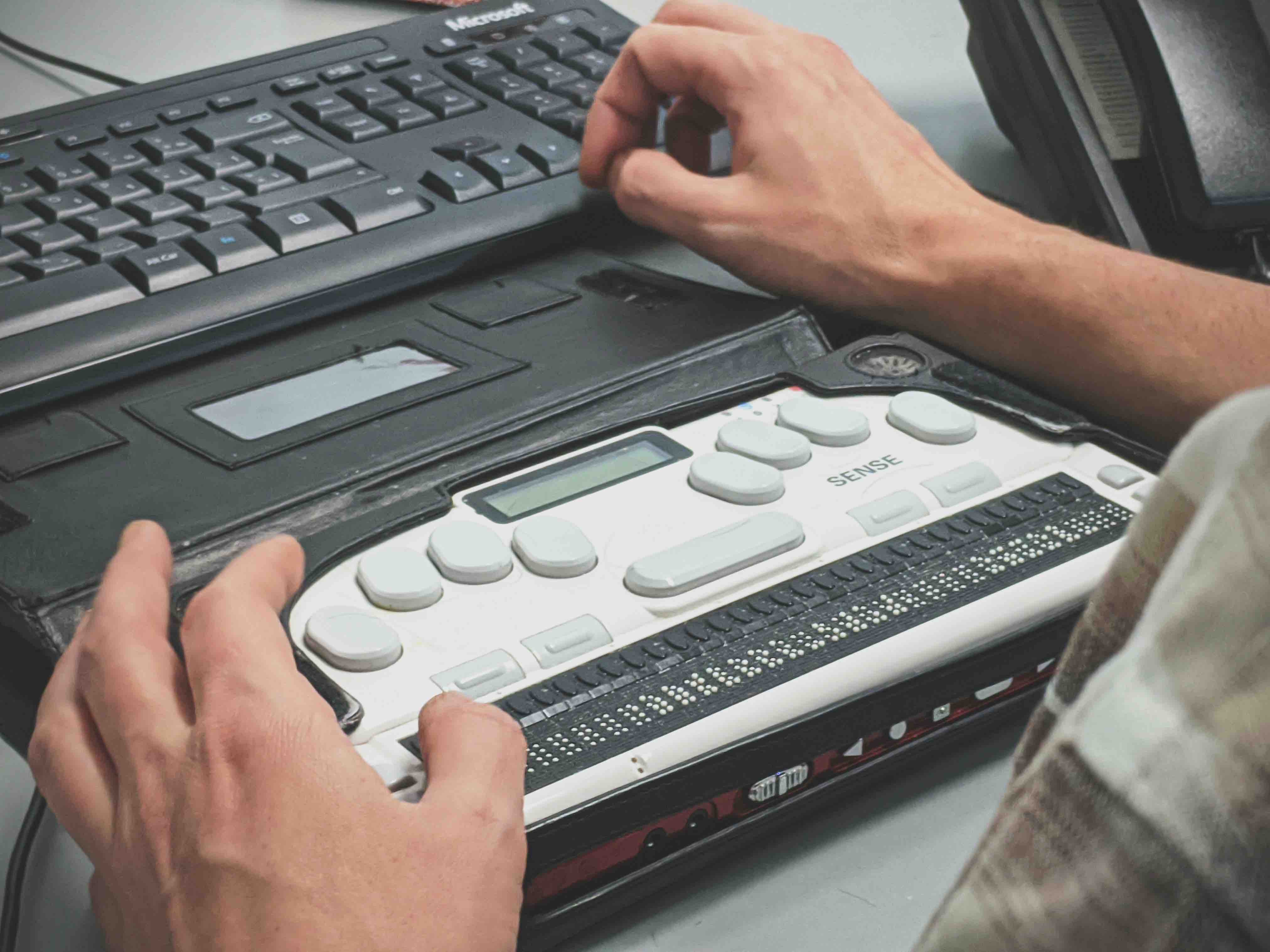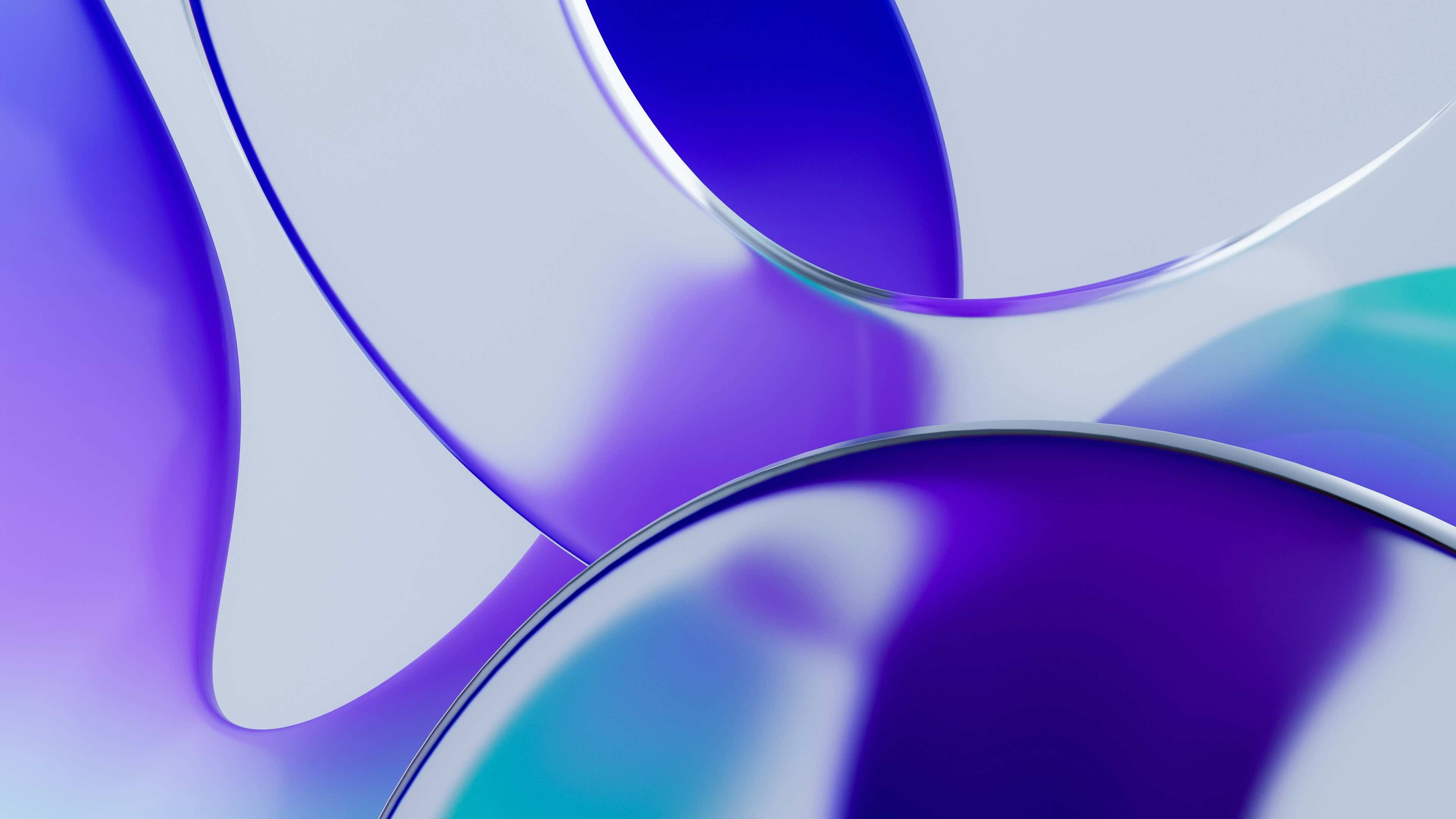Introduction
Creating things is not only about how they look or work, but also about how they think, solve, and shape the future. Designers can produce experiences that are meaningful and ethical, and that motivate change and challenge assumptions. But how can they achieve this in a world that is constantly changing? In this we article will explore key aspects of the philosophy, selection, and assessment of creative endeavours, offering insights and resources for crafting for the future.
Design Philosophy: Creating Experiences that Matter.
It is the set of principles and values that guide a designer’s work. It reflects their vision, purpose, and approach to design. It can help them to:
- Define their identity and style.
- Make informed and consistent decisions.
- Evaluate and improve their work.
To create experiences that matter, they need to balance their own ideas with what their audiences, clients, and stakeholders. They also need to be ethical and stay relevant in a rapidly changing world. Here are some principles and practices that can help them develop their design philosophy:
- Be curious and open-minded: Learn from different sources and perspectives and explore new possibilities and opportunities. Question and update your views and opinions.
- Be empathetic and inclusive: Understand and respect the needs, preferences, emotions, behaviours, and experiences of the people you make things for and with. Involve them in the overall process as much as possible. Consider the diversity and complexity of human beings and avoid stereotypes and generalizations.
- Be visionary and experimental: Imagine and create experiences that are not only feasible and desirable, but also meaningful and impactful. Take risks and try new things and learn from your failures and successes.
- Be responsible and ethical: Take into account the repercussions and significance of your decisions and actions, considering not only your own well-being but also that of others. Uphold the principles and values of your profession while respecting the rights and dignity of others.

Design Curation: Selecting, Organizing, and Presenting Your Work.
It is the skill of selecting, organizing, and presenting artifacts in a way that communicates a clear and compelling message. It is a skill that requires both creativity and critical thinking, as well as an understanding of the context, audience, and purpose of the design. It can help designers to:
- Show off your portfolio to highlight your skills and worth.
- Engage and educate their audience and inspire them to take action or change their behaviour.
- Build a memorable and unique brand identity and reputation.
- Generate new ideas and insights and spark innovation and collaboration.
Some of the tips and tools for achieving design curation are:
- Decide the theme and goal of your presentation. What is the main point or story that you want to communicate? What outcome or impact do you aim to achieve?
- Choose the most relevant and representative artifacts that support your theme and goal. Take into account the excellence, variety, and consistency of your work. Balance your work to keep it interesting for your audience.
- Organize your artifacts in a logical and meaningful way. Use headings, subheadings, labels, captions, and categories to structure your presentation. Use transitions, contrasts, and comparisons to create a flow and a narrative.
- Display your artifacts in a visually appealing and user-friendly manner. Use appropriate formats, sizes, colours, fonts, and layouts to enhance the readability and attractiveness of your presentation. Add pictures, videos, animations, and interactive elements to make things more interesting and engaging.
- Evaluate and refine your presentation. Test your presentation with your intended audience and get feedback. Check for clarity, accuracy, consistency, and completeness. Make adjustments and improvements as needed.

Design Evaluation: Measuring and Improving Your Work.
It is the process of measuring and analysing the performance, impact, and value of your work. It is a process that requires both quantitative and qualitative methods, as well as an understanding of the goals, criteria, and metrics of the design. Design evaluation can help designers to:
- Check if their design meets the requirements and expectations of their users, clients, and stakeholders. Find out if their design is usable, accessible, functional, and desirable, and if it solves the problem or fulfils the purpose it was intended for.
- Measure the impact and value of their design. Find out if it makes a difference, and if it creates positive outcomes and experiences for their users, clients, and stakeholders. Quantify the benefits and costs of their design and compare them with other alternatives or competitors.
- Learn from their work. Find out what works and what doesn’t, and why. Identify the strengths and weaknesses of their design, and the opportunities and threats for improvement. Find new insights and ideas for future work.
Some of the methods and metrics that can help designers evaluate their work are:
- User testing: Observe and interview real or potential users as they interact with your design. Assess the usability, accessibility, functionality, desirability and identify any problems or issues that users may encounter.
- Feedback: Collect and analyse the opinions and suggestions of your users, clients, and stakeholders. Understand the needs, preferences, expectations, and satisfaction of your users, clients, and stakeholders, and improve it accordingly.
- Analytics: Measure and analyse the data and statistics related to your design. Assess the performance, impact, and value of your creation, then optimize it according to the outcomes.
- Usability: Measure how easy and efficient it is for users to use your design. Use criteria such as effectiveness, efficiency, learnability, memorability, error rate, satisfaction, etc. Consider factors such as layout, navigation, content, functionality, feedback, etc.
- Accessibility: Measure how accessible and inclusive it is for users with different abilities and needs. Use standards and guidelines such as the Web Content Accessibility Guidelines (WCAG), the Americans with Disabilities Act (ADA), etc. Consider factors such as colour, contrast, font, size, sound, animation, etc.

Based on the results of your evaluation, you can improve your work by following these steps:
- Analyse the results: Analyse the results of your evaluation and identify the key findings and insights. Find patterns and trends in the data. Compare the results with your goals and expectations, and with other alternatives or competitors. Analyse the findings and formulate conclusions and recommendations.
- Prioritize the improvements: Prioritize the improvements that you want to make to your design based on the importance and urgency of the issues and opportunities that you identified. Consider the impact and feasibility of each improvement, and the resources and time that you have available. Create a plan and a timeline for implementing the improvements.
- Implement the improvements: Implement the improvements that you planned and test them to make sure that they work as expected. Monitor and measure the effects of the improvements and compare them with the previous results. Iterate and refine the improvements until you achieve the desired outcomes.
Toolkit for Future Designers: Technological Trends and Skill Sets.
Let’s explore the essentials for designers to remain competitive and thrive in this dynamic landscape. From mastering UX design to embracing AI, this guide unveils the key skills and tools shaping the future of design.
Digital Literacy and Adaptability
In the ever-evolving landscape of technology, it is crucial to maintain digital literacy and adaptability. Efficiently embrace new software, tools, and platforms to stay versatile in a swiftly changing technological environment.
UI and UX: The Visual and Emotional Aspects of User Interaction
Understanding the principles of UI/UX is crucial. They should master creating intuitive, user-friendly interfaces and seamless experiences across various devices to meet the expectations of modern audiences.
Data Visualization and Information
In a world driven by data, the skill to convert intricate information into visually compelling graphics is indispensable. They should be good at showing data in a way that makes it easy to understand and accessible.
AR and VR Technologies
Explore the realms of AR and VR to create immersive and interactive experiences. They should familiarize themselves with the unique challenges and opportunities these technologies bring to design, from spatial considerations to user engagement.
Artificial Intelligence (AI) Integration
Understanding how AI can enhance design processes is becoming increasingly important. Whether handling automated creation tasks or crafting personalized user experiences, it is essential to be knowledgeable about the responsible integration of AI elements.
Coding and Prototyping Skills
Basic coding knowledge empowers them to prototype and communicate ideas effectively. Learning to code or using prototype tools helps work better with development teams and makes the process of trying new things faster.
In the fast-moving mix of creativity and technology, the future designer's toolkit combines vital skills with the latest tools. As we navigate the evolving landscape, remember: the ability to adapt and innovate will define the designers of tomorrow. So, equip yourself with this future-ready toolkit, and let your creativity shape the ever-evolving world of design.
Conclusion.
Planning for the future isn't just about guessing what will happen; it's about making a difference and influencing what should happen. Creators can shape experiences that connect with people, spark change, and question assumptions. Creativity, organization, and thoughtful evaluation help keep designs relevant, innovative, and ethical in a changing world. Designing isn't just about making things; it's about making a positive impact.




